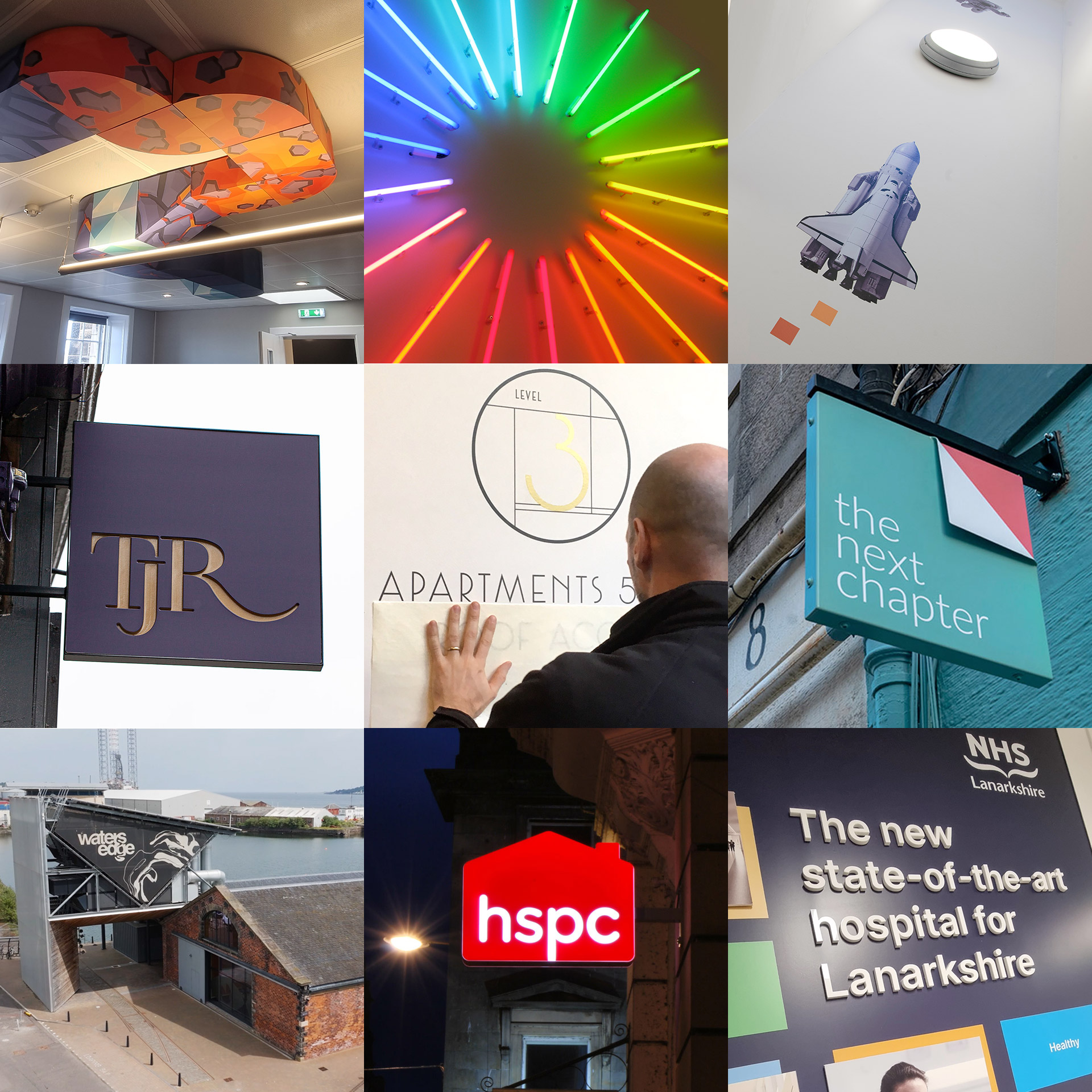Scotland has been a powerhouse of renewable energy for years. With its world-class wind resources, ambitious net zero targets and strong government backing, the sector is full of momentum. But as more Scottish enterprises enter the market – and as more investors, communities and partners get involved – branding is playing a bigger role than ever before.
It’s not just about being green anymore. It’s about being clear, credible and connected. Whether you’re a small hydro developer in the Highlands or a tidal energy startup on Orkney, your brand shapes how you’re seen and how you grow. So, what do Scottish renewables enterprises need to know about branding?
1. Brand isn’t just a logo, it’s reputation
In the renewables sector, trust is currency. Your brand is the sum of everything people know, or think they know about you. That includes your website, social channels, packaging (if applicable), how you respond to emails, and even how you talk about the environment.
In Scotland, where many projects work directly with local communities or public stakeholders, reputation matters deeply. People are wary of greenwashing. They expect transparency and accountability.
A strong brand helps you tell your story with clarity. It makes it easier to win trust, attract funding, hire good people and secure planning approvals.
2. Local stories create stronger connections
Scottish identity is something to be proud of. It’s rooted in resilience, community and natural beauty. These values align naturally with renewable energy and Scottish enterprises can use this to their advantage.
Telling local stories gives your brand depth. Talk about your origins. Share how your projects benefit the local area. Spotlight your partners and communities. These stories build emotional connection and give people a reason to support you.
3. Visual identity should reflect values
Your branding should reflect what you stand for, not just look good. For Scottish renewables brands, that often means drawing on nature, land and heritage.
Design elements like:
- Colours inspired by the Scottish landscape (deep greens, greys, blues, earth tones)
- Textures that evoke wind, water or wood
- Typography that feels contemporary but grounded
- Photography that shows real locations and real people
These details matter. They create authenticity. Compare that to stock imagery and generic logos – it’s no contest.
You don’t have to be overly “tartan and thistles”, but a nod to place helps ground your brand in something people can relate to.
4. Speak plainly and with purpose
A major challenge in renewables is explaining what you do. The tech can be complex, and stakeholders come from all backgrounds including planners, funders, landowners and community groups.
The most effective brands in Scotland’s renewables sector are those that speak plainly. That means:
- Avoiding jargon where possible
- Using short sentences and clear calls to action
- Focusing on outcomes – what your project does for people and planet
A good brand voice is calm, credible and purposeful. It shows confidence without arrogance. And importantly, it adapts for different platforms, from investor decks to Linkedin posts.
5. Build digital presence with intent
Your digital presence is often the first point of contact. For many enterprises, particularly those operating in rural areas, your website and social media are how potential partners, funders and customers will first learn about you.
That presence needs to reflect your values and professionalism. It should be:
- Mobile-friendly and fast
- Clear about what you do and why it matters
- Visually aligned with your branding
- Updated regularly with content that educates and informs
LinkedIn is especially useful for B2B and stakeholder communications, while Instagram can be powerful for sharing visuals from project sites. Consider short videos, infographics and community updates to keep content engaging.
6. Sustainability messaging must go beyond buzzwords
Saying you’re “green” or “sustainable” isn’t enough anymore. People want to see the evidence.
Scottish consumers and investors alike expect proof:
- How is your energy sourced?
- What’s your carbon footprint?
- What are your long-term plans for community benefit?
Your branding should support these answers. Make it easy to find impact reports, stats, or commitments. Better yet, turn them into digestible content. A branded visual showing carbon savings or jobs created in a local area is far more effective than a wall of text.
7. Consistency builds trust
This applies to tone, visuals and messaging. If your website says one thing and your social channels say another, people get confused. Worse, they may doubt your credibility.
Strong brands create consistency across all touchpoints. That includes:
- Email signatures
- Signage at project sites
- Press releases
- Employee profiles
Every small moment contributes to how your brand is perceived. Consistency shows professionalism and attention to detail. These two things that are especially important when working with councils, government or larger partners.
Final thought
Scotland’s renewables sector is moving fast. But those who invest in clear, thoughtful branding are more likely to sustain momentum.
A good brand doesn’t shout, it communicates. It reflects who you are, what you care about and why people should trust you. For Scottish renewables enterprises, that could mean the difference between getting noticed or being overlooked.




